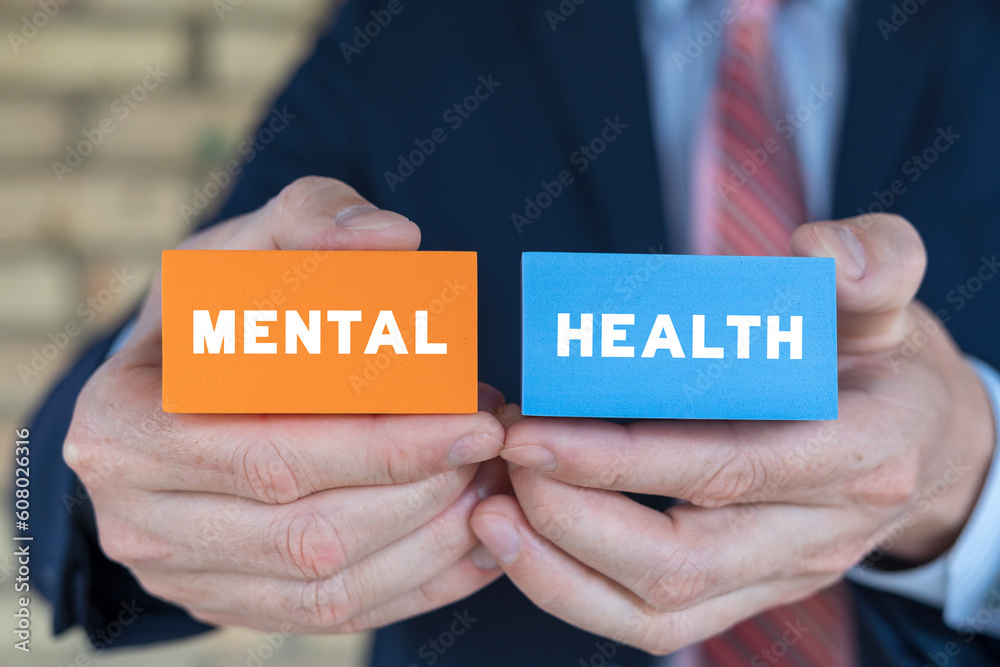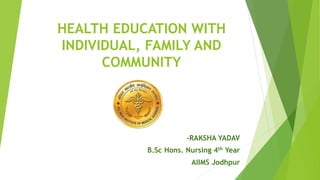Introduction
Shoulder workouts are essential for building strength, stability, and aesthetics in your upper body. Whether you’re aiming to improve your athletic performance or enhance your physique, mastering your shoulder workout is key. In this article, we’ll delve into expert tips for success in your shoulder training journey.
Understanding Shoulder Anatomy
Before diving into the tips, it’s crucial to understand the anatomy of the shoulder. The shoulder is a complex joint comprised of several muscles, including the deltoids, rotator cuff muscles, and trapezius. Each of these muscles plays a unique role in shoulder movement and stability. Understanding this anatomy will help you tailor your workouts effectively.
Warm Up Properly
A proper warm-up is essential before engaging in any shoulder workout. Start with dynamic stretches and mobility exercises to increase blood flow to the muscles and prepare them for the upcoming workout. Incorporate movements that target all aspects of shoulder mobility, including flexion, extension, abduction, and rotation.
Focus on Form and Technique
Maintaining proper form and technique is paramount in shoulder workouts to prevent injury and maximize results. Pay close attention to your posture and alignment during exercises to ensure that you’re targeting the intended muscles effectively. Avoid using momentum or swinging motions, as this can place undue stress on the shoulder joint.
Progress Gradually
Progressive overload is the key to continuous improvement in your shoulder workouts. Gradually increase the weight, repetitions, or intensity of your exercises over time to challenge your muscles and stimulate growth. However, be mindful not to progress too quickly, as this can increase the risk of injury. Aim for steady, sustainable progress.
Incorporate Compound and Isolation Exercises
A well-rounded shoulder workout should include a mix of compound and isolation exercises. Compound movements such as overhead presses and push-ups target multiple shoulder muscles simultaneously, while isolation exercises like lateral raises and rear delt flies allow you to focus on specific muscle groups.
Mind-Muscle Connection
Developing a strong mind-muscle connection is essential for maximizing the effectiveness of your shoulder workouts. Focus on consciously contracting and engaging the target muscles throughout each repetition. Visualize the muscles working and squeeze them at the peak of the movement to enhance muscle activation and recruitment.
Include Variations
To prevent plateaus and keep your workouts interesting, incorporate a variety of shoulder exercises and variations into your routine. Experiment with different grips, angles, and equipment to target the shoulders from various angles and stimulate growth. This variety will also help prevent overuse injuries and imbalances.
Prioritize Recovery
Don’t overlook the importance of rest and recovery in your shoulder training regimen. Allow adequate time for your muscles to repair and rebuild between workouts. Incorporate rest days into your routine and prioritize sleep, hydration, and nutrition to support optimal recovery and muscle growth.
Listen to Your Body
Above all, listen to your body and pay attention to any signs of discomfort or fatigue during your shoulder workouts. If you experience pain or discomfort, stop the exercise immediately and assess your form and technique. Pushing through pain can lead to injury and setbacks, so always prioritize safety and injury prevention.
Stay Consistent
Consistency is key to success in any fitness endeavor, including shoulder training. Make shoulder workouts a regular part of your exercise routine and stick to a consistent schedule. Consistent effort over time will yield noticeable improvements in strength, size, and definition in your shoulders.
Conclusion
Mastering your shoulder workout requires dedication, proper technique, and a strategic approach. By following these expert tips for success, you can maximize the effectiveness of your shoulder training and achieve your fitness goals. Focus on form, incorporate variety, prioritize recovery, and stay consistent in your efforts. With time and effort, you’ll build strong, sculpted shoulders that enhance your overall physique and performance. Read more about shoulder workout tips







